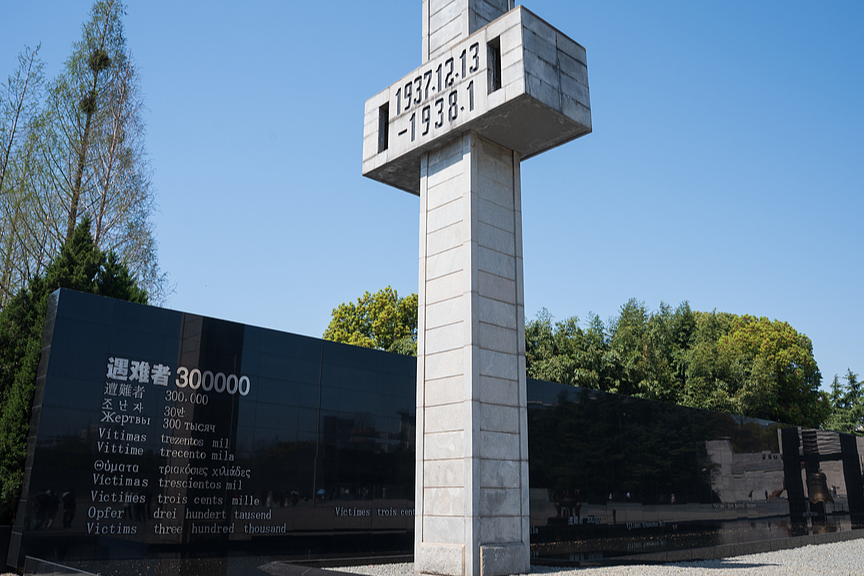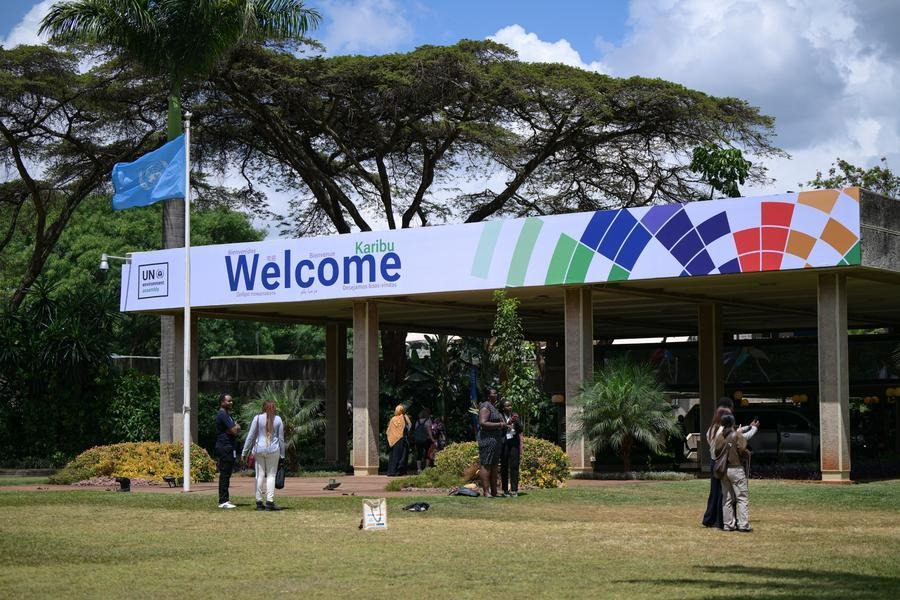Comparing forbidden cities
By Wang Kaihao | China Daily | Updated: 2020-07-23 07:47

"No 1 Palace"
Since September, the archaeological team has dug deeply in the core of the palatial city to further scrutinize connections between Zhongdu and Beijing's Forbidden City.
The ongoing excavation is on the ruins of Zhongdu's "No 1 Palace".Although no hints have been found to its specific historical name, its location is presumably on par with the "three great halls" in its Beijing counterpart.
The so-called "three great halls "on the axis of the Forbidden City's outer section include the Hall of Supreme Harmony, the Hall of Central Harmony and the Hall of Preserving Harmony. The first hall is the highest-status structure in the Forbidden City. It was only used for the most important ceremonies during the imperial era.
"We've figured out the basic H-shaped layout of (Zhongdu's) palace grounds, which is similar to the Forbidden City," Wu says.
"The craftsmanship used to create the stone foundations in the two places is also alike."
But differences have been discovered, too.
For example, remains of a corridor were found in the western wing of the northern part of the "No 1 Palace". Some speculate these belonged to the "Hall of Preserving Harmony".
A firewall stands at the same location in the Forbidden City, but Wu explains that the wall was added during the Qing Dynasty (1644-1911), and the original layout during Ming Dynasty matched this new finding in Zhongdu.
However, there doesn't seem to be a Forbidden City equivalent to a wall with three gates 20 meters north of Zhongdu's "No 1 Palace".
And even more confusing is that no structure similar to the Hall of Central Harmony has been discovered in Zhongdu.
Researchers wonder if Zhongdu also hosted "three great halls".
Only more excavations can reveal relevant clues, Wu says.
























